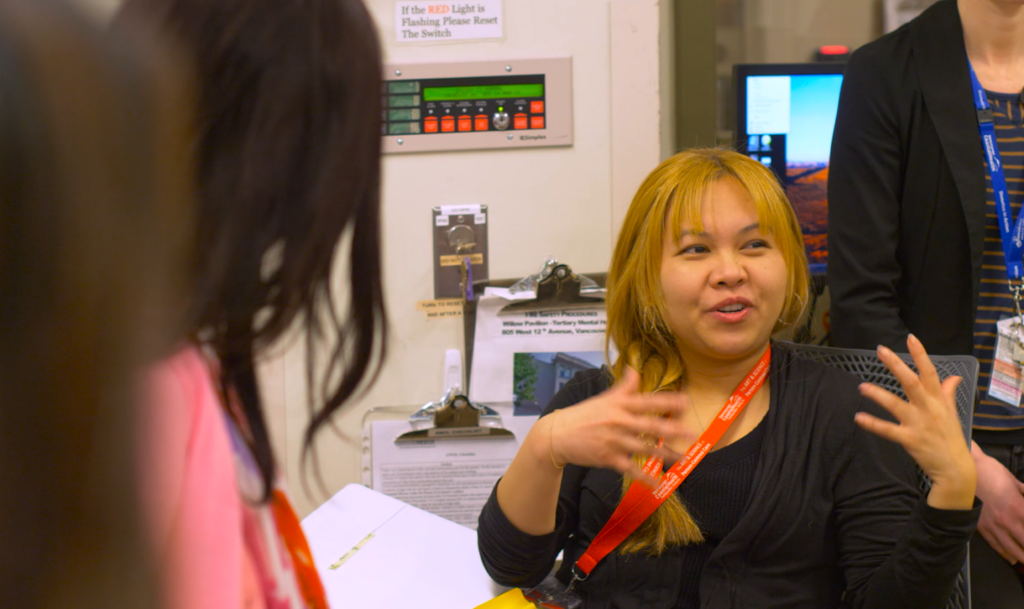
Team-Based Care Pathway Stage 3
Team Development
In this stage, your team will have been working together for a while and may want to explore areas for potential quality improvement such as assessing patient experience or developing processes for shared leadership and shared decision-making.
How can we develop as a high-functioning team?
Here’s what to consider in the ‘Team Development’ phase:
How can we improve workflow and relational continuity among our patients and the broader team?
Team-Based Care can be a new concept for both team members and patients. It is important to understand how the patient receives messaging around team-based care, and how the team is introduced to the patient. When team members trust each other and work as a cohesive unit, patients will also build trust with the team.
- To learn more about how to communicate team-based care to patients, see The Patient Communications Learning Cycle Report on Patient Perceptions of the Communication of Team-Based Care.
- The Doctors Technology Office offers a range of EMR services that help physicians and practice teams use their EMRs more effectively for both foundational and quality improvement activities. See Optimizing the Use of the Electronic Medical Record to support workflow and communication.
- See the Relational Continuity Clinical Practice Guideline & Change Package.
- Cambridge Health Alliance created a TBC implementation Toolkit that considers workflows, care coordination and team communication.
- It is important to consider the patient and family in relational continuity and communication. Start by asking, “What Matters to You?”
How will we manage conflict and support healthy communication with patients and within our team?
In any team, conflict can arise. Learn how to manage conflict and support healthy communication with patients and teams.
- Conversations Matter Guide: This resource provides tools specific to providers and for patients, family members or caregivers, to help support challenging conversations, and support healthy communication.
- Learn more about managing conflict in teams here, through guided conversations and other helpful tools.
- Use this helpful tool on Sharing Concerns: Principles to Guide the Development of an Indigenous Patient Feedback Process.
- Visit the TBC UBC on the Run | Managing Conflict module and watch with your team. Decide how you will approach conflict and build it into your Team Agreement.
How do we consider community assets and the social determinants of health?
Consider the social determinants of health that may be impacting your patients. High-functioning teams may start to look at improvement efforts in terms of building equity and community connections in a patient population. Supporting patients with access to supports outside of the primary care setting can improve patient experience, enhance self-management and sustain behavioural health goals. The community is and can be part of a high-functioning team!
- PACC Mapping is an engagement and planning approach that helps communities collectively explore how they could address local primary care needs such as attachment and other specific service gaps. The Health Data Coalition can also support your assessment of local needs and assets.
- Consider Patient Journey Mapping as a way to identify team actions to improve the patient experience.
- Did you know that 30% of primary care visits are for non-medical (social) reasons? Consider how social prescribing might support your team’s practice. Connecting patients to non-medical resources has been shown to increase patient self-management and reduce medical visits.
- See CASCH’s Conceptualizing and Implementing Social Prescribing Programs for a comprehensive planning and implementation guide.
For additional supports for your TBC journey see:
- Doctors of BC: Practice Improvement Program Team-Based Care Coaches – psp@doctorsofbc.ca
- Rural Coordination Centre of BC (RCCbc) Quality Coaching Program
- Your local Health Authority may have Team-Based Care supports available
- If you are part of a Primary Care Network there may be Change Management supports available. See your local Division of Family Practice for more information
- UBC Innovation Support Unit – Department of Family Practice
- Team-Based Care BC maintains an expert list of leaders and content experts across the province and can help you find the support you need
As always, if you know of a great resource or tool that should be added to this pathway or the teambasedcarebc.ca website, please contact us at info@teambasedcarebc.ca.
Even for well-established teams, it can be useful to revisit things like vision and purpose, and consider elements like team complement and efficient space design. Communication is an essential element to effective, high-quality team-based care, so finding time to work on this is key! Investing in time to huddle, connect and communicate will pay off in the long run for your patients, and your practice. Finally, the most important aspect of team-based care is the patient. Remember to place the patient at the centre of the team, and ensure that cultural safety and humility are guiding your practice. We wish you all the best in your TBC journey!